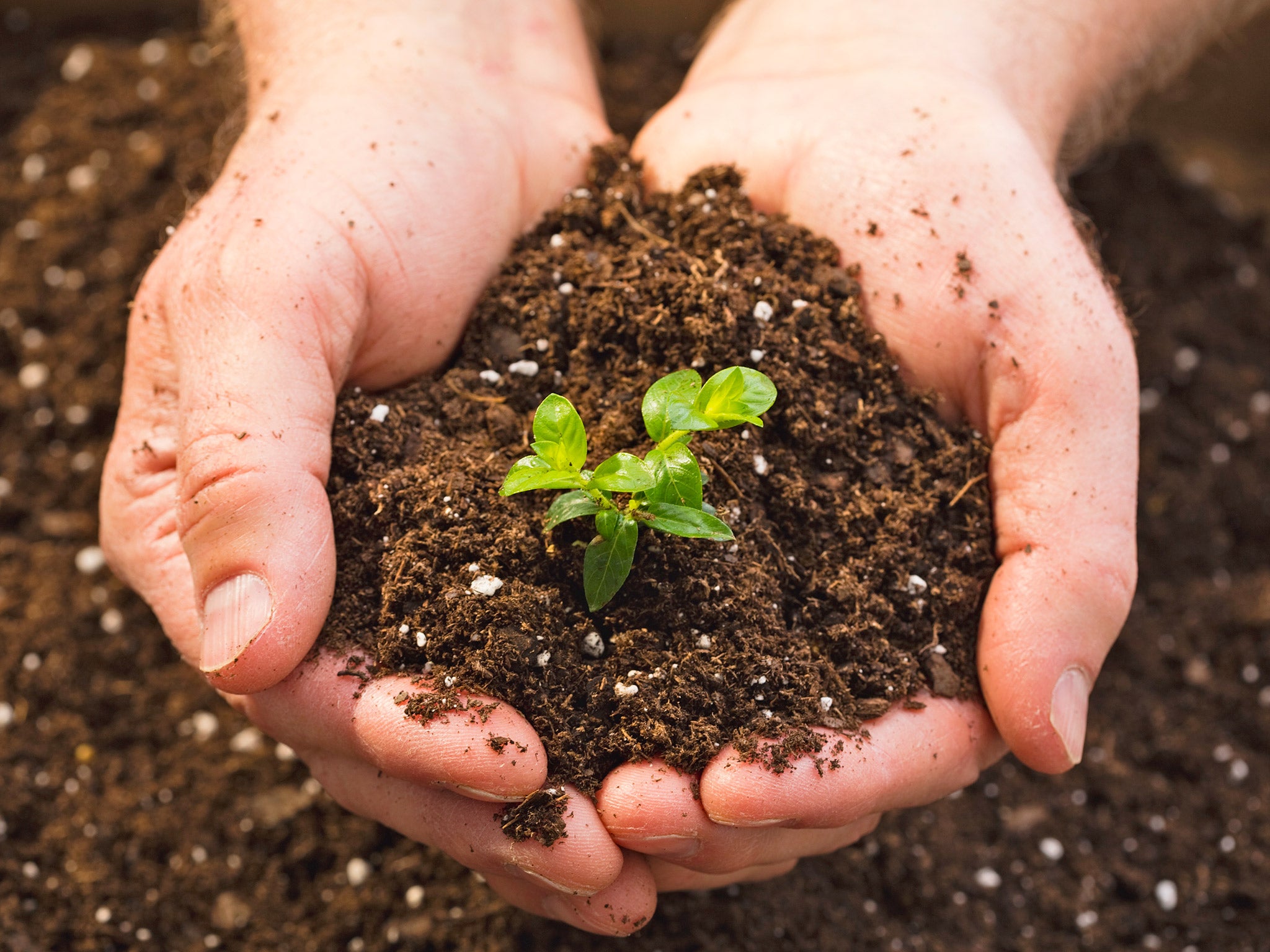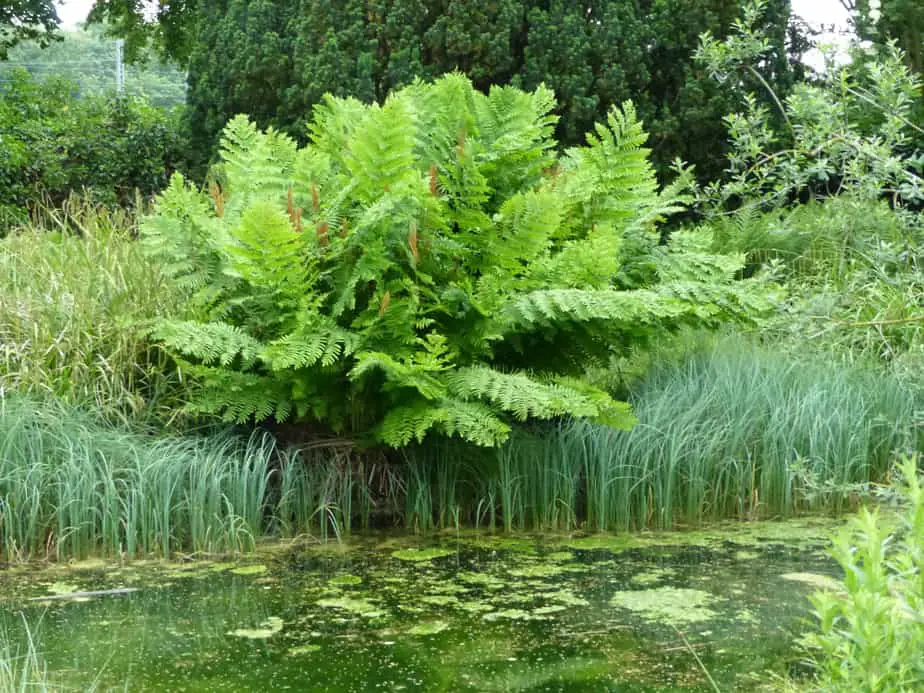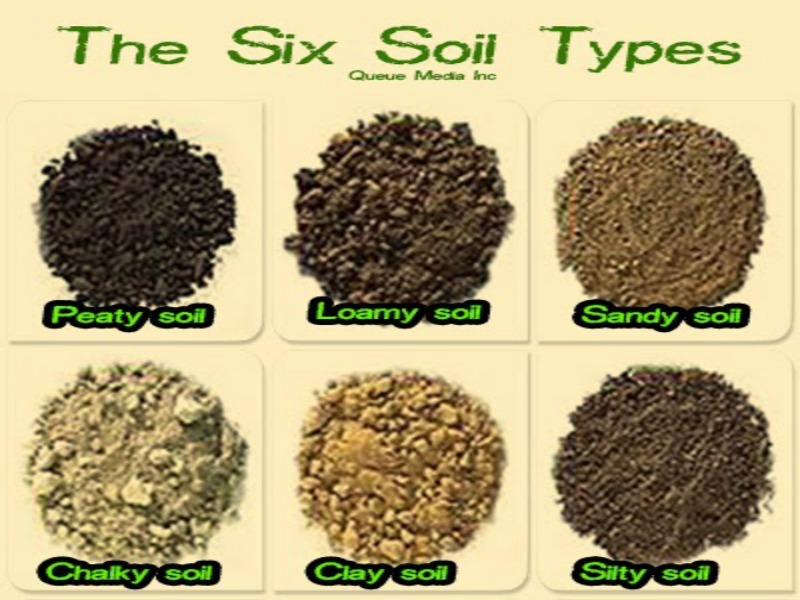Understanding Your Climate

Your climate plays a crucial role in determining which plants will thrive in your garden. Understanding the key factors that influence plant growth will help you select the right species for your specific location.
Climate Factors
Climate encompasses the long-term weather patterns of a region. Several key factors influence plant growth, including:
- Temperature: Plants have specific temperature ranges they can tolerate. Some plants, like cacti, thrive in hot, arid climates, while others, like ferns, prefer cool, moist environments. Temperature influences a plant's growth rate, flowering time, and overall health.
- Sunlight: Plants need sunlight for photosynthesis, the process that converts light energy into chemical energy for growth. Different plants have varying light requirements. Sun-loving plants, like sunflowers, need at least six hours of direct sunlight daily, while shade-tolerant plants, like hostas, can survive in partial shade.
- Rainfall: Water is essential for plant growth. The amount and distribution of rainfall in a region determine the type of vegetation that can flourish. Drought-tolerant plants, like succulents, can survive with minimal rainfall, while plants in humid climates, like orchids, require consistent moisture.
- Humidity: Humidity refers to the amount of moisture in the air. High humidity can create favorable conditions for certain plants, while low humidity can lead to water stress.
- Wind: Wind can impact plant growth in several ways. Strong winds can damage plants, increase water loss through transpiration, and spread diseases. Some plants, like coastal pines, are adapted to withstand high winds.
Microclimates
Microclimates are smaller, localized areas within a broader region that have unique climate conditions. Factors like elevation, proximity to water bodies, and even the presence of trees or buildings can create microclimates. For example, a north-facing slope in a mountainous region may receive less sunlight and have cooler temperatures than a south-facing slope. Understanding microclimates can help you choose plants that are best suited to the specific conditions of your garden.
Choosing the Right Plants

Now that you understand your climate and soil type, it's time to select the perfect plants for your garden. This process is exciting, but it's also important to make informed decisions. The right plants will thrive in your conditions, adding beauty and life to your outdoor space.
Plant Selection Flowchart
To make the selection process easier, follow this flowchart:
- Determine your climate: Is it hot and dry, temperate, or cold?
- Assess your soil type: Is it sandy, clay, loam, or a combination?
- Consider your desired plant characteristics: Do you want flowers, shrubs, trees, or a combination? What colors and textures do you prefer?
- Research plant preferences: Use online resources, gardening books, or consult with local nurseries to find plants that thrive in your specific climate and soil type.
- Evaluate plant size and growth habits: Will the plant fit comfortably in your space? Does it grow tall or wide?
- Factor in maintenance needs: How much time and effort are you willing to dedicate to watering, pruning, and pest control?
- Make your selections: Choose plants that align with your preferences and will flourish in your environment.
Popular Plants by Climate and Soil Type
Understanding the specific needs of different plants is crucial for successful gardening. Here are some popular plants categorized by their climate and soil preferences:
Warm Climates (Mediterranean, Tropical, Desert)
- Sun-loving plants: Lavender, rosemary, cacti, succulents, bougainvillea, hibiscus. These plants thrive in full sun and well-drained soil, ideal for warm climates with dry summers.
- Drought-tolerant plants: Yucca, agave, aloe vera, oleander, and certain types of grasses. These plants are well-suited for arid environments and can tolerate periods of drought.
- Moist-loving plants: Banana trees, ferns, orchids, and some varieties of palms. These plants prefer humid conditions and require regular watering, especially during hot summers.
Temperate Climates (Continental, Oceanic)
- Deciduous trees: Maple, oak, birch, and cherry. These trees lose their leaves in the fall and provide vibrant fall foliage. They prefer well-drained soil and moderate moisture.
- Evergreen trees: Pine, fir, spruce, and cedar. These trees retain their leaves year-round, providing a constant source of greenery. They thrive in acidic soil and prefer well-drained conditions.
- Perennials: Hostas, daylilies, peonies, and hydrangeas. These plants come back year after year, offering a variety of colors and textures. They generally prefer moist, well-drained soil.
Cold Climates (Subarctic, Polar)
- Cold-hardy plants: Spruce, fir, birch, and some varieties of maple. These plants can withstand harsh winters and cold temperatures. They typically prefer well-drained soil.
- Winter-blooming plants: Snowdrops, crocuses, and hellebores. These plants add pops of color during the winter months. They prefer well-drained soil and can tolerate cold temperatures.
- Groundcovers: Creeping phlox, sedum, and thyme. These plants spread easily and can tolerate cold temperatures. They prefer well-drained soil and full sun.
Plant Size, Growth Habits, and Maintenance Needs
- Plant Size: Consider the mature size of the plant and ensure it will fit comfortably in your space. A small plant that grows into a large tree can become problematic later.
- Growth Habits: Some plants grow tall and slender, while others spread out horizontally. Understand the growth habits of your chosen plants to avoid overcrowding or unwanted spreading.
- Maintenance Needs: Evaluate the time and effort you are willing to dedicate to watering, pruning, and pest control. Choose plants that fit your lifestyle and available time.
Adapting Your Landscape

Sometimes, even with careful plant selection, your soil and climate might not be ideal. Don't despair! You can adapt your landscape to create a thriving garden by modifying your soil and microclimate.
Modifying Soil Conditions
Understanding your soil's pH, texture, and nutrient content is crucial. A soil test can provide valuable insights.
- Adjusting pH: Acid-loving plants, like blueberries, thrive in acidic soil (pH 4.5-5.5). You can lower pH with sulfur or aluminum sulfate. Alkaline-loving plants, like roses, prefer a pH of 6.0-7.5. You can raise pH with lime.
- Improving Texture: Sandy soil drains quickly and lacks nutrients. Adding compost or organic matter improves water retention and nutrient availability. Clay soil compacts easily and restricts drainage. Adding sand or compost can improve drainage and aeration.
- Enhancing Nutrients: Regular soil testing helps determine nutrient deficiencies. You can amend the soil with fertilizers containing the missing nutrients. Compost and manure are natural sources of nutrients and improve soil structure.
Creating Microclimates
Microclimates are small areas within a larger landscape with unique conditions. You can create microclimates to provide ideal growing conditions for specific plants.
- Using Structures: Walls, fences, and trellises can create sheltered areas, reducing wind and frost damage. They can also trap heat, creating a warmer microclimate.
- Mulching: Mulch, such as wood chips or straw, helps retain soil moisture, regulate temperature, and suppress weeds. Different mulches create varying microclimates.
- Planting Strategies: Strategic planting can create microclimates. For example, planting tall trees on the north side of a garden can provide shade and protection from cold winds.
Common Plant Diseases and Pests
Different climates and soil types support unique pests and diseases. Identifying common problems helps prevent them and protect your plants.
- Fungal Diseases: Warm, humid climates often experience fungal diseases like powdery mildew, rust, and blight. Good air circulation and proper watering techniques can help prevent them.
- Insect Pests: Insects thrive in specific conditions. Aphids, scale, and spider mites are common in dry, warm climates. Slugs and snails prefer moist, shady areas.
- Viral Diseases: Viral diseases are spread by insects or contaminated tools. Symptoms can include mosaic patterns, stunted growth, and leaf distortion.
Sustainable Gardening Practices

Embracing sustainable gardening practices is not just good for the environment, but it also helps you create a thriving and resilient landscape. By adopting these practices, you can conserve resources, reduce your environmental footprint, and enjoy a beautiful and bountiful garden.
Benefits of Native Plants
Choosing native plants for your region is a cornerstone of sustainable gardening. These plants have evolved over time to thrive in your specific climate and soil conditions, requiring less water, fertilizer, and pest control than non-native species. They also provide valuable habitat for local wildlife, contributing to the biodiversity of your area.
- Reduced Maintenance: Native plants are adapted to your local climate, requiring less watering, fertilizing, and pest control.
- Enhanced Wildlife Habitat: Native plants provide food and shelter for insects, birds, and other wildlife, supporting a healthy ecosystem.
- Soil Health Improvement: Native plants often have deep root systems that improve soil structure and fertility.
- Water Conservation: Native plants are drought-tolerant, requiring less irrigation, especially in arid or semi-arid regions.
Water Conservation and Efficient Irrigation
Water is a precious resource, and conserving it is essential for sustainable gardening. By implementing efficient irrigation techniques, you can minimize water waste and ensure your plants receive the optimal amount of moisture.
- Drip Irrigation: This method delivers water directly to the roots of plants, reducing evaporation and runoff. Drip irrigation systems are particularly beneficial in arid regions, where water conservation is paramount.
- Soaker Hoses: Soaker hoses slowly release water over a long period, allowing it to penetrate the soil deeply. This reduces water loss through evaporation and promotes healthy root development.
- Mulching: A layer of mulch, such as wood chips or shredded bark, helps retain soil moisture and suppress weed growth. This reduces the need for frequent watering.
- Rainwater Harvesting: Collecting rainwater in barrels or cisterns can provide a sustainable source of irrigation for your garden.
Organic Gardening Practices, Choosing the right plants for your climate and soil type
Organic gardening practices focus on enhancing soil health and biodiversity, using natural methods to nourish your plants and control pests.
- Composting: Composting kitchen scraps and yard waste creates a rich, nutrient-rich soil amendment. Compost improves soil structure, drainage, and water retention.
- Cover Cropping: Planting cover crops, such as legumes or grasses, between growing seasons helps improve soil fertility and suppress weeds. Cover crops add organic matter to the soil and enhance its structure.
- Beneficial Insects: Attracting beneficial insects, such as ladybugs and lacewings, can help control pest populations naturally. Providing habitat for these insects through planting flowers and herbs can create a balanced ecosystem in your garden.
- Organic Fertilizers: Using organic fertilizers, such as compost, manure, or fish emulsion, provides nutrients to plants without harming the environment. These fertilizers promote healthy soil microbial activity, enhancing plant growth and resilience.
Top FAQs: Choosing The Right Plants For Your Climate And Soil Type
Choosing the right plants for your climate and soil type - What if I have a small garden?
Don't worry! There are plenty of compact plants that thrive in smaller spaces. Consider dwarf varieties, vertical gardens, or even container gardening to maximize your space. The key is to choose plants that fit your garden's dimensions and light conditions.
How often should I fertilize my plants?
The frequency of fertilization depends on the plant's needs and the type of fertilizer you're using. A good rule of thumb is to fertilize during the growing season, typically spring and summer, following the instructions on the fertilizer package. However, always observe your plants and adjust the frequency based on their growth and health.
What are some common gardening mistakes to avoid?
Overwatering is a common mistake that can lead to root rot. Always allow the soil to dry slightly between waterings. Another common mistake is neglecting to prune, which can lead to overcrowding and disease. Regular pruning encourages healthy growth and maintains the shape of your plants.
